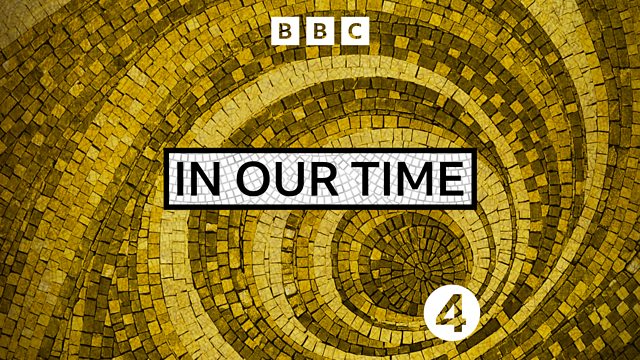The Shimabara Rebellion
Melvyn Bragg and guests discuss the 1637-8 Christian uprising in Japan, which led the Shogun to close the country to foreigners for the next 250 years.
Melvyn Bragg and guests discuss the Christian uprising in Japan and its profound and long-term consequences.
In the 1630s, Japan was ruled by the Tokagawa Shoguns, a military dynasty who, 30 years earlier, had unified the country, ending around two centuries of civil war. In 1637 a rebellion broke out in the province of Shimabara, in the south of the country. It was a peasants’ revolt, following years of bad harvests in which the local lord had refused to lower taxes. Many of the rebels were Christians, and they fought under a Christian banner.
The central government’s response was merciless. They met the rebels with an army of 150 000 men, possibly the largest force assembled anywhere in the world during the Early Modern period. Once the rebellion had been suppressed, the Shogun enforced a ban on Christianity and expelled nearly all foreigners from the country. Japan remained more or less completely sealed off from the rest of the world for the next 250 years.
With
Satona Suzuki
Lecturer in Japanese and Modern Japanese History at SOAS, University of London
Erica Baffelli
Professor of Japanese Studies at the University of Manchester
and
Christopher Harding
Senior Lecturer in Asian History at the University of Edinburgh
Producer Luke Mulhall
Last on
More episodes
Previous
Next
Links and further reading
CONTRIBUTORS
READING LIST
Erica Baffelli, Andrea Castiglioni and Fabio Rambelli (eds.), The Bloomsbury Handbook of Japanese Religions (Bloomsbury, 2021)C.R. Boxer, The Christian Century in Japan, 1549 – 1650 (University of California Press, 1951).
Jonathan Clements, Christ’s Samurai: The True Story of the Shimabara Rebellion (Robinson, 2016)
Alexandra Curvelo and Angelo Cattaneo (eds.), Interactions Between Rivals: The Christian Mission and Buddhist Sects in Japan (c.1549- c.1647) (Peter Lang, 2021)
George Elison, Deus Destroyed: The Image of Christianity in Early Modern Japan (Harvard University Press, 1973)
Christopher Harding, The Japanese: A History in Twenty Lives (Allen Lane, 2020)
Ikuo Higashibaba, Christianity in Early Modern Japan: Kirishitan Belief and Practice (Brill, 2001)
Nam-lin Hur, Death and Social Order in Tokugawa Japan: Buddhism, Anti- Christianity, and the Danka System (Harvard University East Asia Series, 2007)
Ivan Morris, The Nobility of Failure: Tragic Heroes in the History of Japan (Penguin, 1980)
Mark Mullins, Christianity Made in Japan (University of Hawaii Press, 1998)��
Kiri Paramore, Ideology and Christianity in Japan (Routledge, 2009)
Rebecca Suter, Holy Ghosts: The Christian Century in Modern Japanese Fiction (University of Hawai‘i Press, 2015)
Stephen Turnbull, Japan’s Hidden Christians, 1549–1999 (Japan Library, Curzon, 2000)
Stephen Turnbull, The Kakure Kirishitan of Japan (Curzon, 1998)
Christal Whelan, Otaiya: Japan’s Hidden Christians (Documentary Educational Resources, 1997)
Christal Whelan (trans. and ed.), The Beginning of Heaven and Earth: The Sacred Book of Japan’s Hidden Christians (University of Hawai‘i Press, 1996)
Christal Whelan, ‘Religion Concealed: The Kakure Kirishitan in Narushima’ (Monumenta Nipponica 47, no.3, autumn, 1992)
��
RELATED LINKS
��
��
Broadcasts
- Thu 11 May 2023 09:00����ý Radio 4
- Thu 11 May 2023 21:30����ý Radio 4
Featured in...
![]()
17th Century—In Our Time
Browse the 17th Century era within the In Our Time archive.
![]()
History—In Our Time
Historical themes, events and key individuals from Akhenaten to Xenophon.
In Our Time podcasts
Download programmes from the huge In Our Time archive.
The In Our Time Listeners' Top 10
If you’re new to In Our Time, this is a good place to start.
Arts and Ideas podcast
Download the best of Radio 3's Free Thinking programme.
Podcast
-
![]()
In Our Time
Melvyn Bragg and guests discuss the ideas, people and events that have shaped our world.



